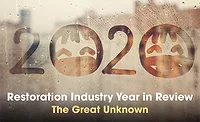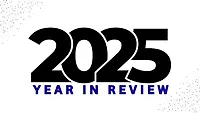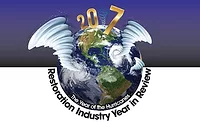2019 Year in Review: The Restoration Tech Age
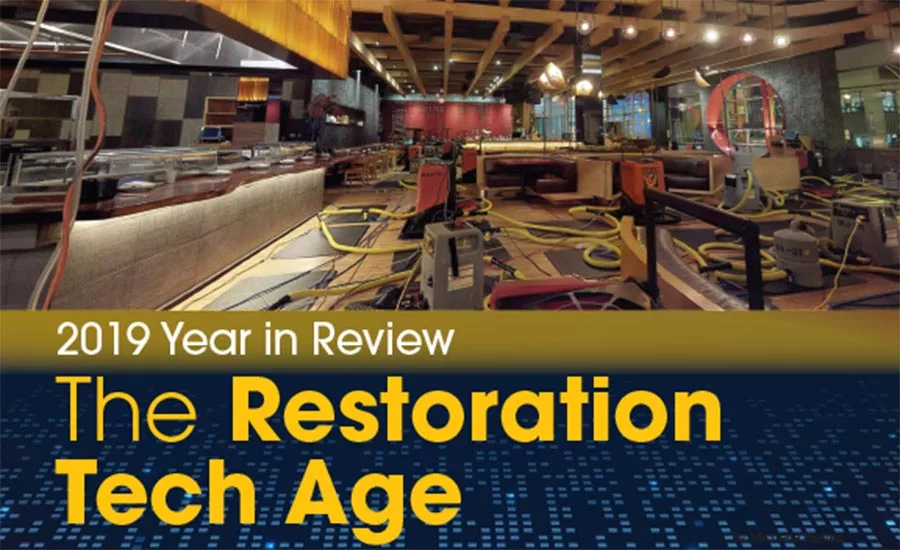
Photo courtesy of Matterport
“It’s no secret, the construction industry as a whole is in the dinosaur ages compared to others.”
- Anthony Delmedico, Founder & CEO, Storm Ventures Group
When you think restoration technology, what’s the first thing that comes to mind? Several years ago, it likely was job management software, like DASH. Before that, perhaps it was Xactimate. This year, I’m willing to guess a lot of you would say things like 3D imaging, drones (you can read more about them portion on page 34), and Bluetooth monitoring. There are also other new innovations like virtual reality training and real-time air sampling. Each of these newer innovations in the restoration marketplace has been designed to make jobs run more efficiently, and sometimes speed up completion time.
3D Imaging
This is arguably the biggest innovation to take the industry by storm this year. If you went to any restoration-related conference this year, you likely saw and learned about Matterport. Many contractors have purchased these high-tech 3D cameras to help document losses. Essentially, these cameras capture a 3D model of a real-world space and offer such high-quality images it is like doing a walkthrough of the property even if you have never set foot on the job site.
Chicago Water & Fire is among the companies that uses Matterport on nearly all jobs, citing operational cost savings.
“Like many restoration businesses, Chicago W&F was limited by the traditional documentation process and the ability to fully communicate field conditions,” explained John Montalbano, the company’s GM. “Pictures from field operators could be low quality, incomplete, or even non-existent. This not only caused issues internally, but also caused frustration among the insurance adjusters we were working with on claims.”
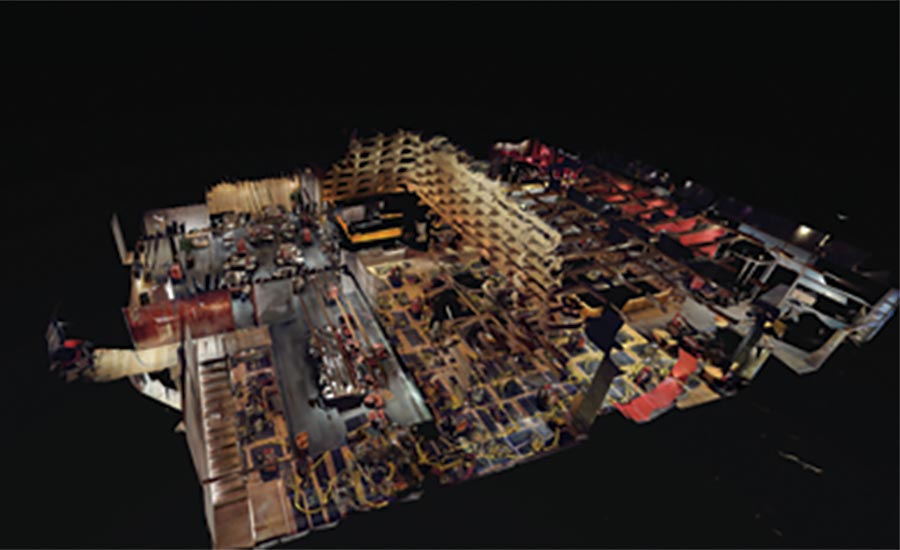
Photo courtesy of Matterport
Montalbano said these issues meant more frequent visits to job sites to validate a loss, which sometimes turned to revoked line items, a damaged reputation with carriers, and a negative impact on the bottom line.
So, the adoption of Matterport to capture complete 3D documentation of each project made sense. Montalbano said they’ve seen a decreased number of breakage claims from property owners, and the ability to handle 10% more work during a catastrophic event.
“While restoration companies sometimes accidentally damage contents while mitigating a loss, often policyholders make false claims regarding damage that existed prior to mitigation activities,” Montalbano said. “By scanning at the onset of a claim, these claims are easily refuted by project managers on site. Not only does this result in increased revenue, it primarily eliminates disputes with policyholders and, in turn, raises customer satisfaction.”
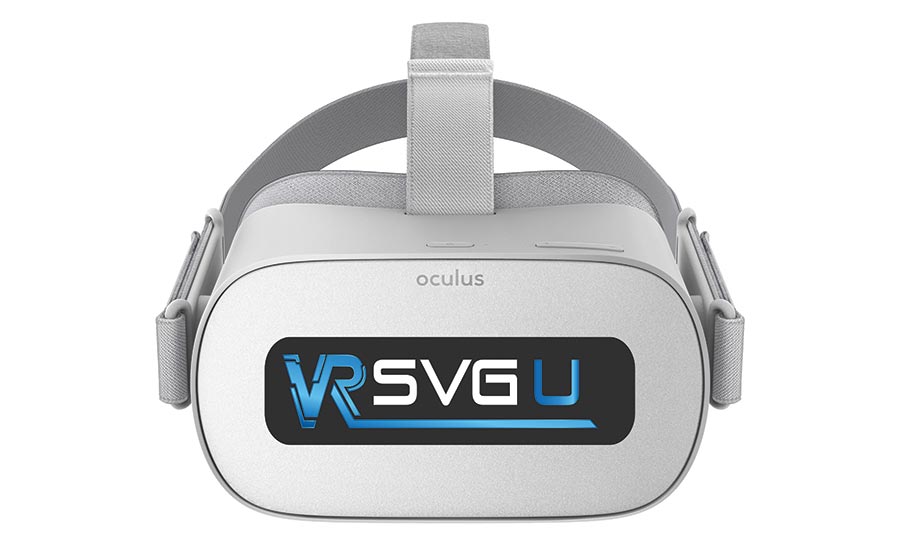
Photos courtesy of SVG
Virtual Reality Training
In early 2019, Storm Ventures Group unveiled the SVG U Virtual Reality (VR) Goggles. Their hope is these goggles will help restorers create company-specific training for their employees. Founder and CEO of SVG, Anthony Delmedico, used to own a restoration and roofing company, making him acutely aware of how difficult it is to attract new talent, train new hires, and keep them engaged. He said he grew tired of training and retraining teams year after year. By bringing VR into the mix, the need for lengthy training manuals, code books, manufacturer specs, and other training materials goes out the door and training becomes more fun, engaging, and most of all memorable.
“With VR training at the click of a button, new hires can be assigned to watch a series of courses or short videos on a variety of industry-specific tasks or job-related skills,” Delmedico explained. “Real-life, engaging examples include customer education, door knocking, how to evaluate a recently burned down house and begin remediation, how to mitigate water damage, etc.”
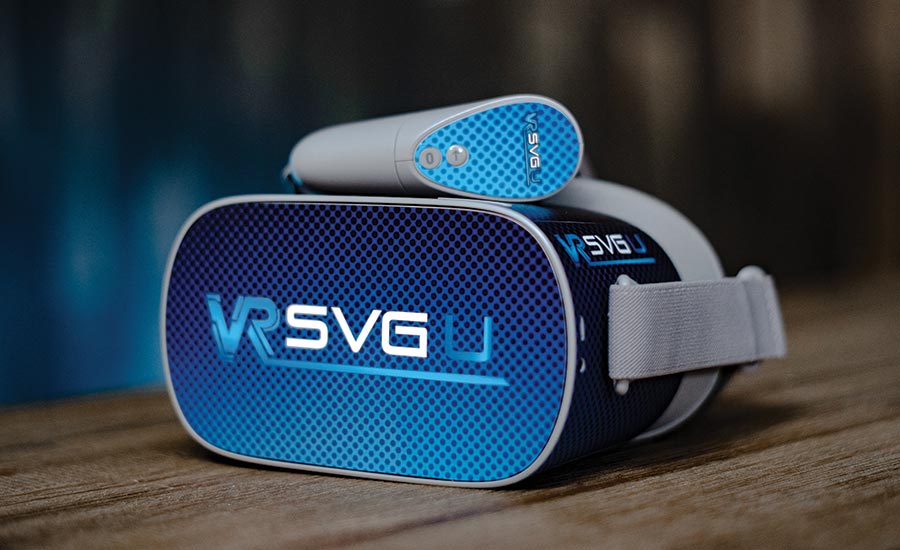
Photos courtesy of SVG
Delmedico noted that for decades, schools have been focusing on educating younger generations to be attorneys, doctors, and technical whizzes; they’ve strayed from the trades. He hopes bringing new, exciting technology to the restoration industry will help attract new talent while making training quicker, easier, and more tailored for each company.
“The labor shortage is a serious issue plaguing the restoration industry, and along with that comes the obstacle of recruiting, onboarding, and training,” explained Delmedico. “It’s no secret, the construction industry as a whole is in the dinosaur ages compared to others. SVG aims to change that with our new SVG U and SVG U (VR) products. We are making contracting sexy and high-tech again!”
For more on VR training, check out the full discussion with Delmedico by clicking here.
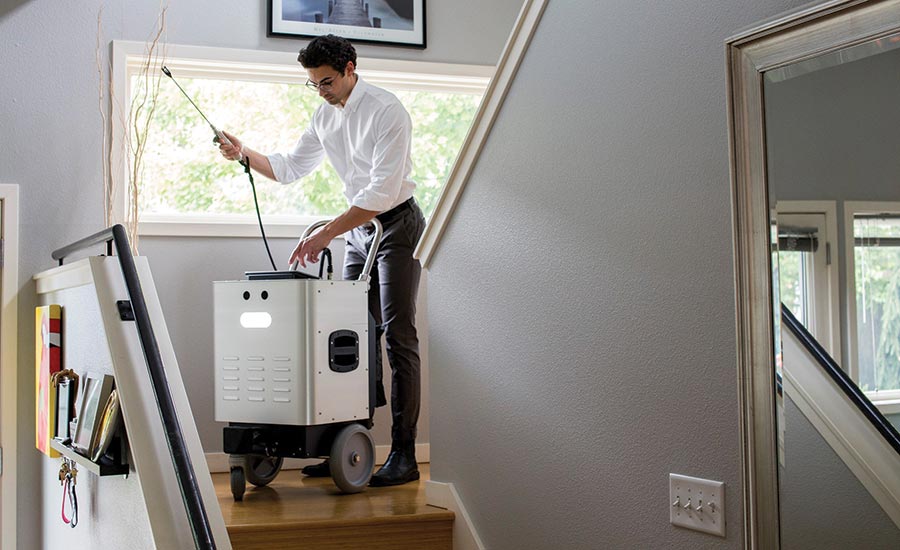
Photos courtesy of InstaScope
IAQ Testing
Another emerging trend about tech-savvy contractors is the ability to do their own indoor air quality testing with real-time results. Waiting for an industrial hygienist to do air sampling and send those samples off to the lab is no longer necessary. ServiceMaster franchises were very early adopters of a newer technology called InstaScope. While very new to the restoration industry, there are about 100 units in use commercially around the world – including at research facilities, hospitals, and now restoration and remediation contractors.
According to Ron Morrison and Damon Kloster of DetectionTek Holdings, the parent company of InstaScope, the optical core of the device was developed by the British Ministry of Defense to detect anthrax. That technology was then purchased from the government, and work began to find a way to bring it into a commercial setting. In the restoration industry, they’ve found it really sets contractors apart in their markets.
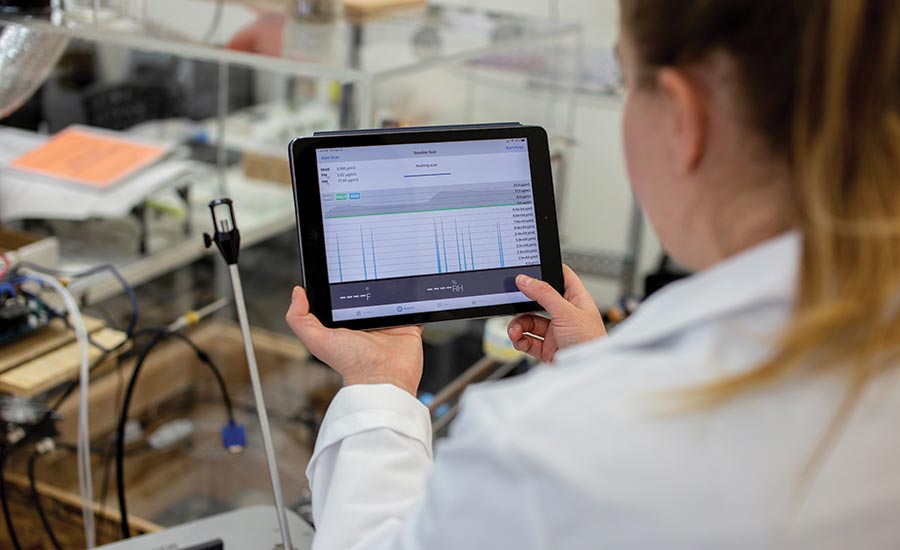
Photos courtesy of InstaScope
“You can sell the job by telling the customer exactly what they have, and monitor the numbers during remediation,” Morrison said. “Plus, you’ll have the confidence to know you will pass IH testing. This is very much an everyday tool for restorers.”
Having this technology allows contractors to build relationships with local property managers, hospitals, schools, real estate agents, and so many other community members. Kloster spoke of a contractor in the Washington D.C. area who takes an InstaScope onto every job, and has seen it improve his close rate because he can so quickly narrow down problem areas, and get data in real time – paired with an iPad interface.
“Our society wants information now, and this delivers it,” Kloser said.
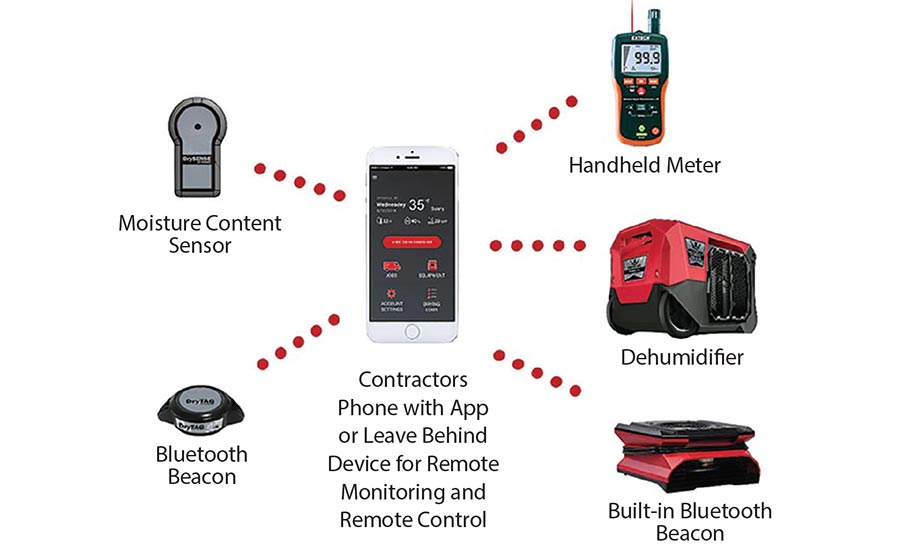
Other Innovations
Of course these three innovations are just a few of many we’ve seen evolve in the industry this year. Others include changes in the software world – like Encircle developing a new moisture tool, the launch of iRestore, and Next Gear Solutions continuing to acquire companies that will further streamline processes for contractors. This year, they purchased Accurence.
Another innovation worth mentioning is the growth of remote monitoring. Phoenix Restoration Equipment seems to be taking the lead in this area. Today, there are Bluetooth-enabled handheld meters, dehus, moisture content sensors, and more. The automated data collection gives you data integrity as the data is coming directly from the sensors, and drying reports can be generated entirely from data collected through an app.
You can learn so much more about most of the topics, and more, by doing a quick search on R&R’s website for “innovations in restoration”.
Looking for a reprint of this article?
From high-res PDFs to custom plaques, order your copy today!



